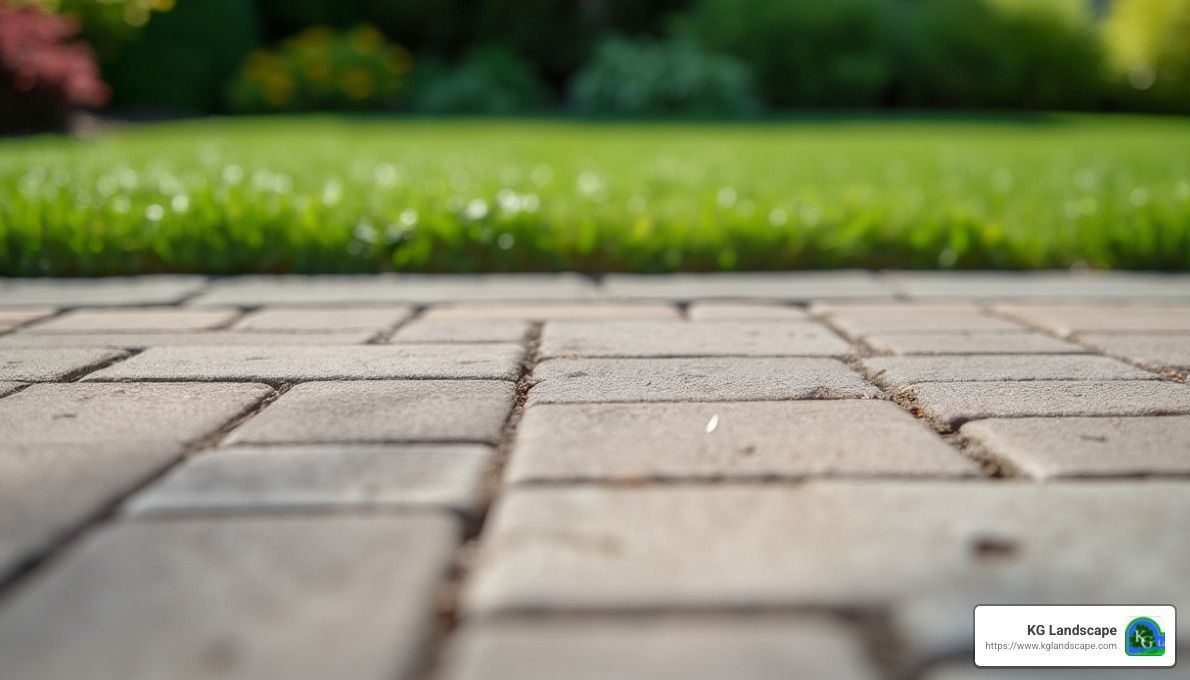Can Fall Aeration Prevent Weeds in Spring?
It’s still summer, but soon enough the leaves will start turning color and it’ll be time to start prepping your lawn
for winter. There are no guarantees for preventing weeds from popping up in the spring, but you can take steps to keep your lawn weed-free, including aeration and overseeding.
Aeration
If your lawn gets compacted over the winter or summer, we often recommend aeration. Lawns can become compacted from heavy usage—for instance, if you use part of your yard to park cars, or it simply gets a lot of foot traffic. The aerating process will pull up plugs of soil, allowing water and nutrients to soak into the soil and reach the grass’s roots again.
Overseeding
Aeration on its own will definitely benefit your lawn, but overseeding will help fill in your lawn if it’s sparse. This is also where the weed reduction comes in. Overseeding after aeration helps new grass sprout, because the seeds have direct contact with the soil. Getting grass established in the fall means it has a better chance of beating out weeds in the spring.
Fertilizer
Want to give your lawn an even better chance of staying weed-free? After your yard has been aerated and/or overseeded, fertilize the new grass. Fertilizer gives grass the nutrients it needs to grow in thick and lush. The more grass grows in, the less room weeds have to get established. Use a mix of fertilizer and weed control for even better results.
The post Can Fall Aeration Prevent Weeds in Spring?
appeared first on KG Landscape Management.












